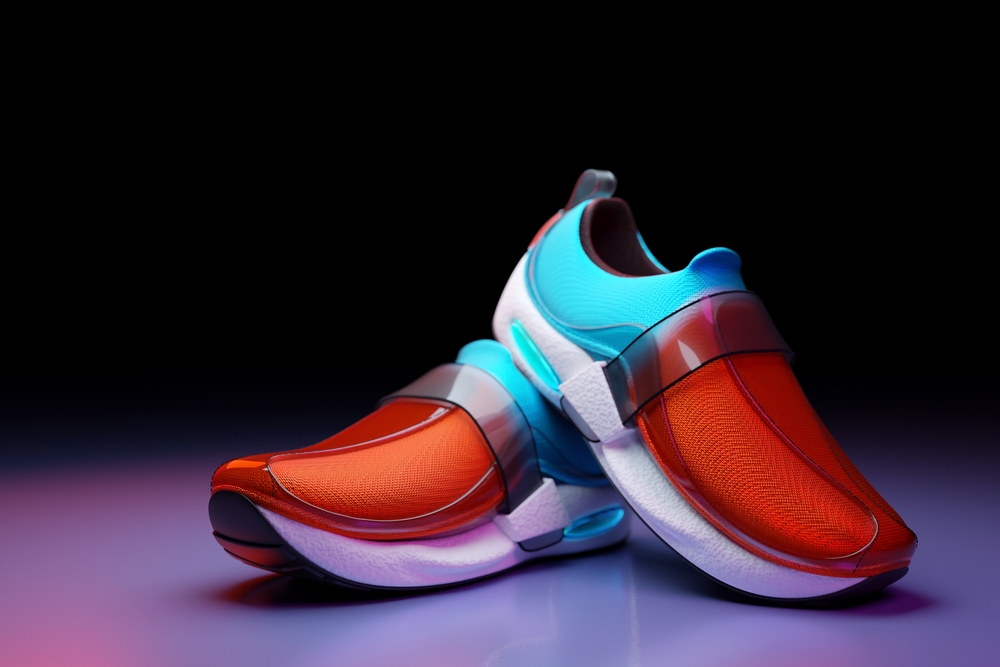Last Updated on January 14, 2023 by admin
Running shoes come in a wide range of colors, but most of them look pretty unattractive. It leads many to ask ‘Why Are Running Shoes So Ugly’? Let’s be honest, many running shoes are not only ugly, but garish, shocking and hard to appreciate on an aesthetic level.
The fact is, the aesthetics don’t matter much to the company making them. What they care about is getting you the right pair of running shoes for your needs. In this end, this is the most important thing, right? Getting a quality pair of shoes that delivers.
In this article we’ll go through the different factors involved in choosing the right pair of running shoes.
Toe Spring
A toe spring on a running shoe has its merits. It can make the foot feel lighter and it helps the front end of the runner roll forward when it should be rolling backward. However, there are downsides to this innovation. One of the biggest is that it can increase the risk of injury. Another drawback is the wear and tear on the lateral side of the shoe.
There are many shoes in the market with toe springs. The best ones offer a mix of technology in a stylish package. This is especially true of the Asics brand. For instance, the brand offers a slew of spring-soled running shoes.
Cushioning
The fact is, cushioning is a must. Running is a strenuous activity and your feet need the support. Luckily, most of the running shoes available today are made of foam which absorbs shock. To keep your feet happy, take your shoes for a spin at least once every two weeks or so. If you’re training for a marathon or a half marathon, you’ll likely be doing it on a regular basis.
While the most expensive and the most difficult to find, cushioning isn’t the only thing you should look for. Other attributes to consider include cushioning material, heel and toe room, heel and toe support, and stability.
Durability
Running shoes are designed to help you run efficiently. However, wear and tear can occur over time. Wear can be prevented through proper care and quality cushioning.
Several studies have looked at the impact of running shoe constructions on performance and injury. The most common research studies have focused on the effects of bending stiffness on performance, while others have investigated other aspects of running shoe design.
The bending stiffness of running shoes depends on factors such as the runner’s weight, the kinematics of the lower limb joints, the ground reaction force, and the lever arm length of the ankle joint extensor. While a higher bending stiffness may benefit the runner, it can also result in discomfort. Achieving optimal bending stiffness in a shoe is an ongoing challenge.
Absorbing shock with every step
Shock-absorbing shoes are a great way to make running more comfortable. They help lessen the strain and impact on your joints, so you can spend more time enjoying the activity. The right shoe can also decrease aches and pains from long runs.
Shoe companies have worked hard to develop signature foams, which absorb shock with each step. You’ll also find some designs that feature rocker-style soles, which help prevent excessive lateral movement.
These types of shoes are best suited for those who run at high intensity. The impact-absorbing materials in these shoes are also breathable, so you won’t have to worry about sweaty feet.
Want More Running Shoe Content?
A good pair of running shoes can make all the difference in elevating your performance levels. Find the best recommendations for running shoes and the ways to maintain them at our home for running shoes.

